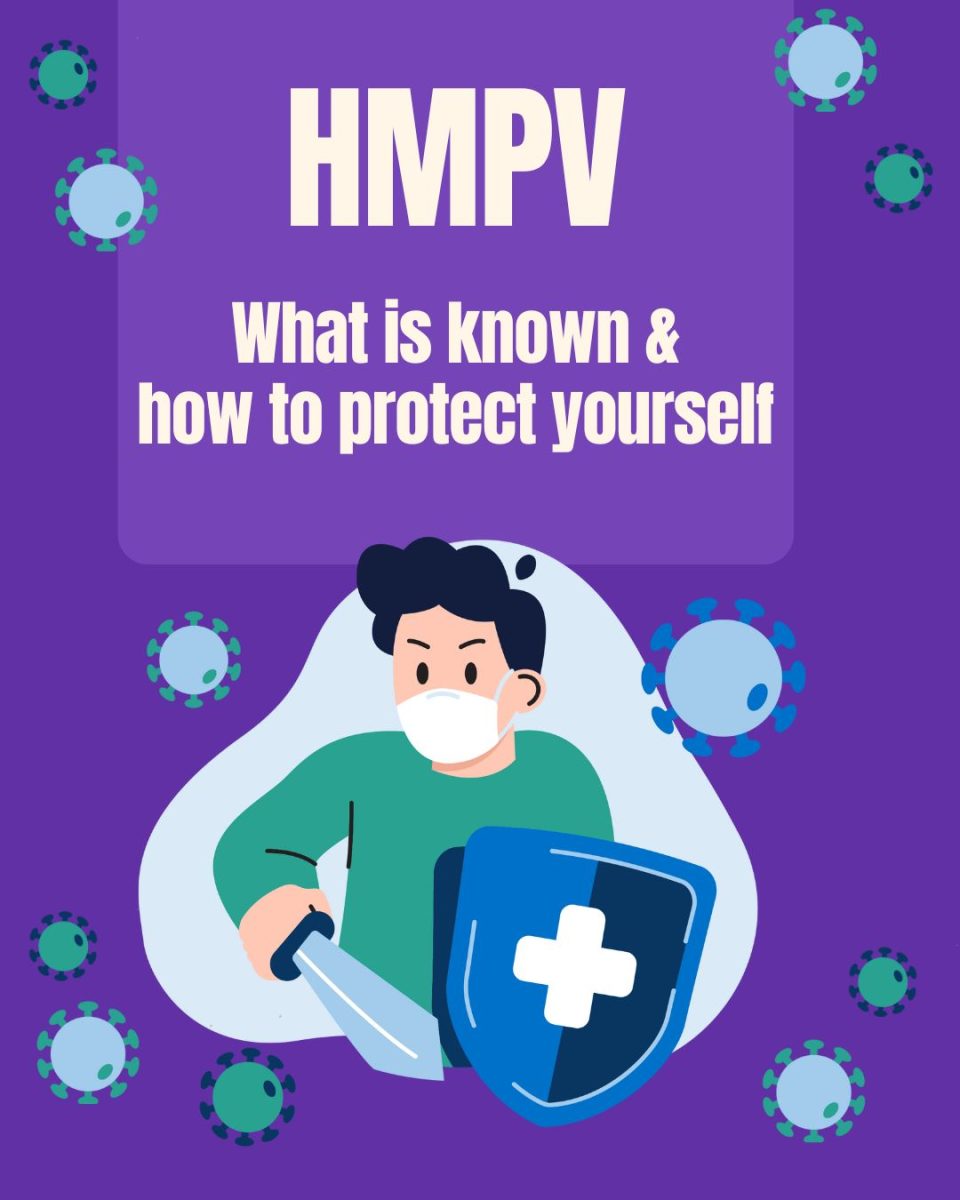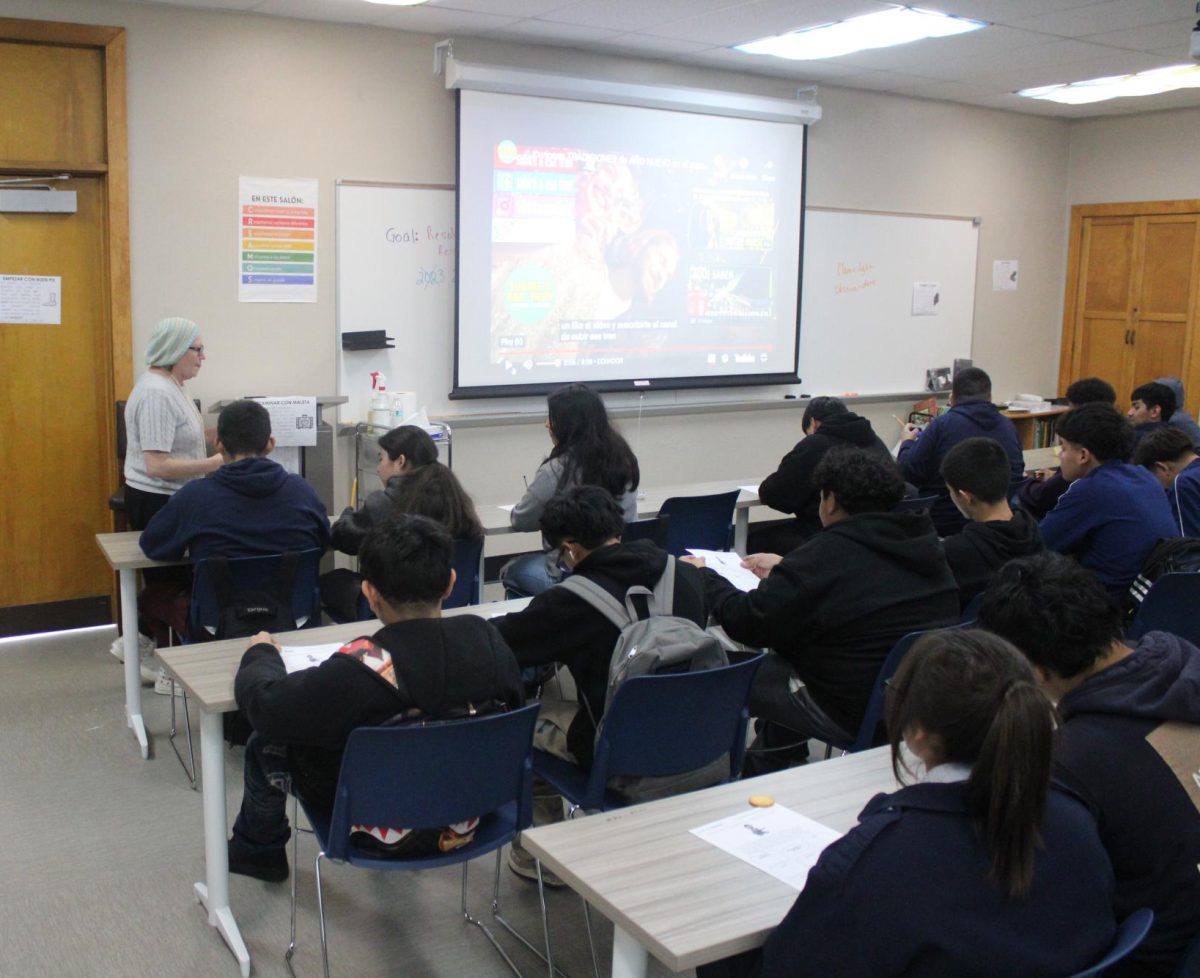Human metapneumovirus, commonly known as hMPV, continues to spread internationally.
The growing virus can be easily mistaken for a common cold and has become increasingly alarming for many U.S. residents after the not-so-far-off experiences associated with the coronavirus.
According to BBC News, most hMPV cases are spiking in China; however, it is now spreading into India. BBC reports that hMPV is creating chaos in China’s hospitals, and social media shows a rising concern from the public about its potential to ultimately reach the United States.
Current knowledge of hMPV
hMPV was identified by scientists in 2001 in the Netherlands and has been assumed to have evolved from a separate virus classified as a zoonotic virus.
A zoonotic virus is an infection that has evolved from an animal to a human over a long period of time, through bacteria and germs. According to the National Library of Medicine (NLM), hMPV has been known to evolve from an avian host.
The NLM explains that the virus is currently being considered a part of the Pneumoviridae family, as well as a respiratory syncytial virus. While healthcare professionals are able to test for hMPV, no cure or vaccine against the virus has been publically identified.
According to the Illinois Department of Public Health, there is no evidence currently that someone can become reinfected with hMPV once they have contracted the virus.
Since hMPV is similar to the common cold and can also cause upper respiratory infections, the Cleveland Clinic writes.
According to the Cleveland Clinic, hMPV symptoms can include
-Cough
-Fever
-Shortness of breath
-Stuffy nose
-Sore throat
Fighting off hMPV
Similar to the common cold, hMPV is known to last approximately seven to ten days.
To help recover from the virus, those infected are advised to stay hydrated, get lots of rest, and take over-the-counter cold medications to manage the symptoms.
hMPV has been found to primarily only be severe in younger children between the ages of 0-2, elderly people, and those with compromised immune systems.
Matching the patterns of the common cold and flu, hMPV is most common in the winter months and the colder early spring the American Lung Association (ALA) writes.
Everyone is encouraged to follow similar protocols as any flu or cold virus; people should wash their hands, routinely disinfect frequently touched surfaces, and avoid those that are infected when possible. It is important for those who are infected to stay home and avoid spreading the virus further.
The Center for Disease Control (CDC) will continue to release information as it becomes available.









